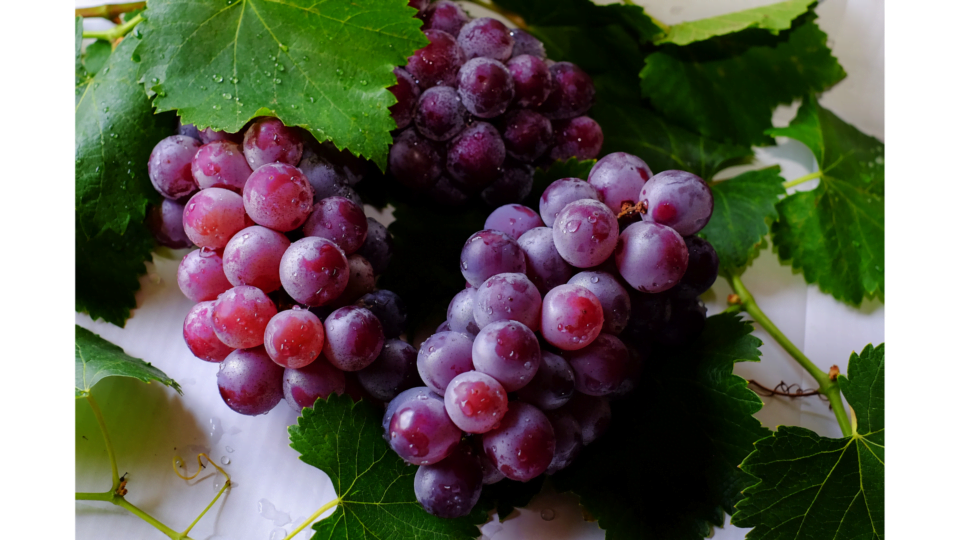The production of table grapes in Moldova amounts to 92 thousand tons annually over the past three years and 65 thousand tons are exported. More than 1.5 thousand hectares of table grapes are grown in the village of Costesti, Ialoveni region. The main grape variety for production and export is “Moldova” due to its resistance to diseases, pests and adverse weather conditions.
Ion Sula, President of the Association of Producers and Exporters of Table Grapes of Moldova, explained during an on-line training on the effective organization of promotion and packaging of fruit and vegetable products for export. The event was organized by the USAID Competitiveness, Trade and Jobs Activity (CTJ) Project. Information support for the event was provided by the International Information and Analytical Platform East-Fruit.com .
“The development of the Costesti village’s table grape industry became possible to a large extent thanks to the Association of Producers and Exporters of Table Grapes of Moldova, which actively helps producers to unite efforts to improve the technology of growing table grapes, and also lobbies for the interests of producers. The association was founded in 2014. It includes 105 participants. 30% of the exports of table grapes from the Republic of Moldova is carried out by the members of the association,” Ion Sula said.
Read also: Grape capital of Eastern Europe – Costesti, Moldova: village of multimillionaires (part 1)
According to Ion Sula, today 95% of Moldovan table grape exports go to 18 countries. “We have been exporting grapes not only to Russia, Ukraine and the CIS countries, but also to the EU countries (Romania, Poland), as well as to the UK and the Baltic states since 2014. We even exported to Turkey, the Arab Emirates and Iran in 2020,” the industry specialist noted.
Proper harvesting of table grapes is essential for successful transportation.
As to the storage and harvesting of table grapes, Ion Sula notes that grapes can be stored in rooms with natural ventilation or in a controlled atmosphere. However, it is necessary to follow instructions in order to sufficiently slow down the biochemical processes in table grapes, to preserve the quality and to reduce losses from microbiological and physiological diseases. For example, maintaining a constant low temperature slows down the metabolic processes of the grapes, preventing the damage.
Read also: Grape capital – Costesti, Moldova: protective coverings, pergolas and greenhouses (part 2)
Ion Sula also stressed that special attention should be paid to harvesting table grapes, especially those intended for long-distance shipment or for long-term storage. “They should be harvested in wooden or plastic boxes for long-term storage. Proper thermal management plays a very important role in this process. Harvested grapes must be protected from direct sunlight and transported under appropriate conditions and/or with the use mobile devices for pre-cooling in the field. There are two options for such cooling: either we cool directly in the field, or there are special zones for pre-cooling in cold storage units. When harvesting, sorting, packing and transporting grapes, it is important to prevent the mechanical damage” Ion Sula summed up.
Read also: Grape capital – Costesti, Moldova: storage and cooling plus veneer box production (part 3)
The use of the site materials is free if there is a direct and open for search engines hyperlink to a specific publication of the East-Fruit.com website.




